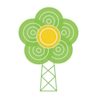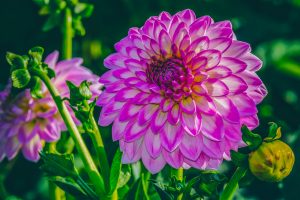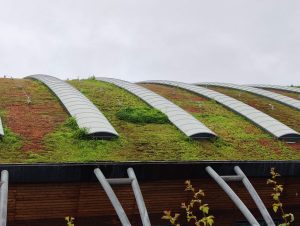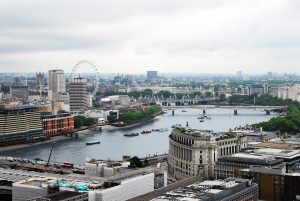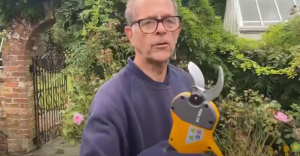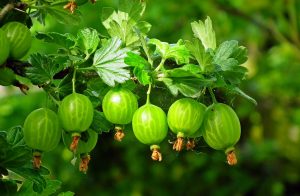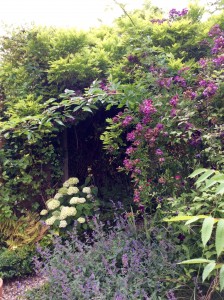
Plants have different water requirements which vary with their stage of growth.
Factors affecting water requirements:
• Size of plant • Speed of plant growth
• Stage in life cycle • Weather conditions
• Type of root system • Position in garden
• Size of leaves • Type of soil
Plants obtain the water they need from the growing medium, through their root systems or from the air. Many specialised plants such as those growing in tropical conditions have aerial roots or specialised leaves which absorb water from the surrounding air, storing it for use at a later date.
When plants are grown commercially or in amenity situations they often require more water than can be supplied by natural means. In such situations water has to be supplied by artificially to ensure good quality plants.
Before watering it is important to assess whether a plant requires irrigation to avoid wasting water and flushing plant pots of nutrients. Indicators include wilting, light coloured compost, a gap between the compost and the pot where the compost has shrunk as it has dried, and the pot being lightweight.
Water to the point of run off and stop, allow water to soak in and re-water if necessary. Large plants need enough water to allow soil to become wet to a depth of 15cm. A thorough soaking which percolates deep into the soil will encourage plant roots to grow deeper making them more drought tolerant. Irrigating little and often does more harm than good.
Equipment for watering plants
The type of equipment used for watering plants will depend on the number of plants requiring watering, the regularity of watering and cost of equipment.
Dipping plants
Used for watering individual dry container plants. Dip pot completely and leave until bubbles stop rising, remove and leave to drain.
Watering cans
Used for watering individual plants in the soil or container plants such as seed trays and pot plants. When watering plants in the soil the rose may be removed, however, you should make sure soil is not washed away from the root system.
Use a rose when watering seedlings, turning holes upwards for a gentler sprinkle. Stop once run off occurs and wait until water soaks in before continuing.
Hoses
Hoses come in a wide range of sizes from 1.4 cm – 2.5 cm bores, with most nurseries using 2 cm hosepipes. They may be made of rubber or plastic, the most robust have a nylon braiding. Lay flat hoses are frequently used to irrigate growing areas. Hoses are used widely in amenity and commercial situations for watering plants; they can be used with sprinklers, roses or spray lances. Hoses can be permanently attached to taps using jubilee clips or be removable by using geyco or screw couplings.
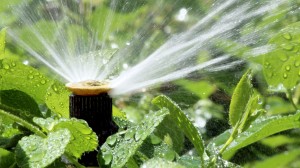
Sprinklers
Used to water large areas such as lawns. May be static, having to be moved periodically to a new area, or rotating when the head moves round, or from side to side. These cover wide areas but may still need to be moved if large areas are to be watered. The disadvantages of sprinkler systems are evaporation and overlapping spray patterns, leading to over watering within the overlapped areas.
Seep hose/porous pipe
Used for watering borders, beds, and within nursery areas for watering container plants. Seep hoses consist of a polythene tube with a sewn seam along its length, which allows water to slowly trickle out. This system is liable to blocking by calcium deposits, but causes less damage to soil media than many other systems.
Porous pipe is made from recycled rubber and allows water to slowly drip out onto the bed or border.
Both of these systems deliver water at soil level which avoids excessive evaporation. They may be covered with mulch or left on the top of the soil.
Oscillating spray lines
Consists of long metal or plastic pipes that clip to each other with a series of holes along their length. Usually mounted on stands, water pressure causes them to rotate back and forth. As with sprinklers, it is important to plan out carefully the position of spray lines in relation to each other, and therefore avoid overlapping spray patterns.
Safety
The following points should be observed to avoid damage to plants and soil, and accidents to members of the public.
• Never use sprinklers in hot sun, to avoid scorching foliage
• Do not over water plants – it wastes time and money and can cause disease problems
• Do not underwater – it causes checks in growth and poor quality plants
• Do not use watering cans that have contained chemicals
• Never water near electrical equipment, remember electricity kills
• Avoid leaving hoses and other irrigation equipment laying across walkways
• Outside taps should have an anti flowback device (to avoid contamination of water supply)
Good luck and happy gardening!
For any gardening tips why not contact Tom Cole, Senior Horticultural Lecturer, Writtle College, Chelmsford, CM1 3RR by post (including a SAE) or by email at tom.cole@writtle.ac.uk
